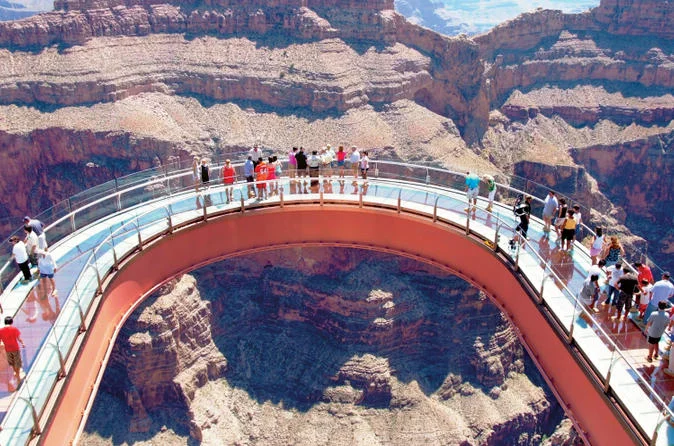I want you to stop for a moment and read a headline that probably made your stomach clench. “14-year-old arrested after bringing handgun to Canyon Breeze Elementary.” You read that, and your mind immediately fills in the blanks with the worst-case scenarios we’ve all been conditioned to fear. It’s a story of failure, of a world that feels increasingly unsafe.
But what if I told you that’s the wrong story?
What if the real story, the one that truly matters for our future, isn’t about the crisis that almost was, but about the quiet, stunningly effective system that neutralized it? Because when I dug into what actually happened on that Monday in Avondale, Arizona, I didn't find a story of failure. I found a blueprint. I found a quiet, world-changing triumph of design.
Let’s look at what happened not as a news report, but as a system executing its function. A threat was identified on campus. But the system didn’t panic. The first line of defense—the school staff themselves—engaged their protocols. They secured the weapon. Let that sink in. They solved the most immediate, life-threatening part of the problem before law enforcement even arrived. This wasn’t a fluke; it was the result of a pre-designed, human-centric protocol firing off exactly as intended.
The next subroutine ran flawlessly. The administration contacted the Avondale Police, escalating the situation to the next level of the system. Then, Principal Lori Pizzo initiated the communication protocol, sending a clear, calm message to parents, preventing the secondary crisis of panic and misinformation. The result? The police report states no threats were made, no one was injured, and the school day continued with minimal disruption—that’s the system not just succeeding but succeeding with such elegance that it maintained near-total operational integrity.
When I first read the details of how the staff acted before police even arrived, I was honestly struck by the sheer elegance of the design. This wasn't about a single hero. This was about a team of people executing a brilliant plan. This is the kind of breakthrough that reminds me why I got into this field in the first place—to see how intelligent systems can create profoundly positive human outcomes.

The Paradigm Shift: When the Best Security Isn't Hardware, But Humanware
From Incident to Blueprint
What we witnessed at Canyon Breeze is a paradigm shift in how we should be thinking about safety. For decades, our answer to security has been hardware-based. We build higher walls, install more cameras, add metal detectors. We try to build a fortress. But a fortress is rigid, and it only protects the perimeter. Canyon Breeze demonstrates the power of a different approach: an invisible, resilient, and deeply human "software" layer.
This is a perfect example of procedural architecture—in simpler terms, it’s about having a brilliant plan that people are so well-trained in, it becomes second nature. It’s a system made of trust, training, and communication. It’s an invisible shield that is more flexible and far more effective than any wall. You can’t see it, you can’t touch it, but its effects are undeniable. It’s the difference between a system that merely reacts to failure and one that is designed to prevent it.
This isn't a new concept, but seeing it applied so perfectly is like watching the first public demonstration of the printing press. Before the press, information was locked away, controlled by a few. After, it was distributed. Similarly, old models of security are centralized and reactive. This new model is distributed and proactive. It empowers the people on the ground—the teachers, the staff—to be the first and most effective nodes in the safety network. They aren't just waiting for help; they are the help.
Of course, with any powerful system comes immense responsibility. This isn't a one-and-done solution. This invisible shield requires constant maintenance. It requires investment in training, in drills, in fostering a culture of awareness and trust. Neglecting this "software" is just as dangerous as letting the walls of a fortress crumble. We have to commit to nurturing these human systems with the same seriousness we apply to our physical infrastructure.
So, when you see that frightening headline, I want you to reframe it. The story isn't "Gun at School." The real story, the one we should be shouting from the rooftops, is "Incredibly Designed Safety System Works Flawlessly, Prevents Tragedy." One is a story about fear. The other is a blueprint for a safer future. Which story do you think is more important to tell? What could we build if we started applying this kind of systemic thinking to all the challenges that seem insurmountable?
The Quiet Triumph of Design
The future of safety won't be built out of concrete and steel. It will be coded from trust, communication, and brilliant, human-centered design. The safest world is not the one with the most guards, but the one where safety is so deeply embedded into our systems that it becomes invisible.
Reference article source:
